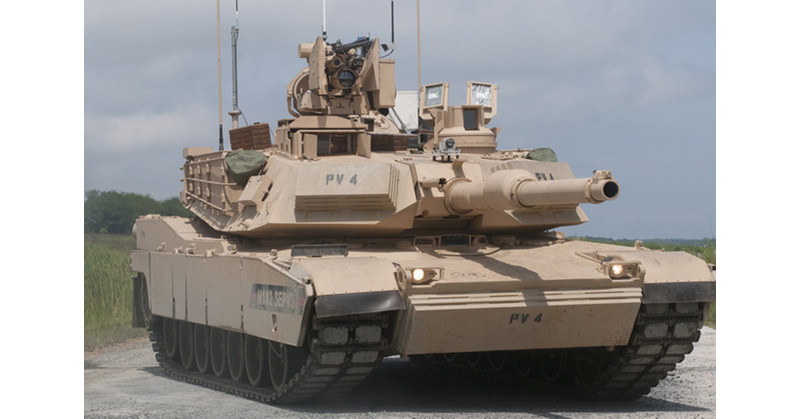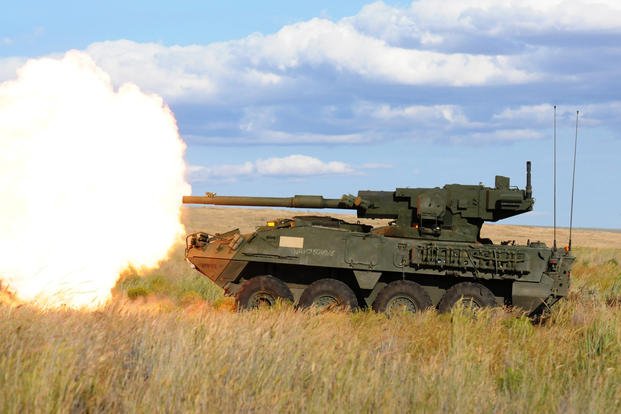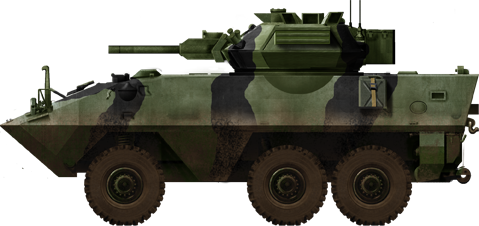One has to agree on the definition fitting. It's the degree in which it's an IFV, as you point out, where it suffers. I liken it to the Ross rifle. By definition it was a rifle, and in some respects a good one. It was just the wrong rifle for that war.
This is a point that I favour. Skill fade is very real. It's why I always argued that even if we'd borrowed US Army Avengers to keep our AD skills alive it would have been beneficial. But we needed the PYs elsewhere. Having interim training equipment, however, is only of value if there is a concrete plan to acquire the actual operational equipment at some point.
If there is no plan to acquire actual IFVs then you might as well give up the training as being both a) useless and b) dangerous as you will go to war with less than adequate equipment regardless of your skill in using it. OTOH, sometimes you just have to accept the fact that you may need to fight under conditions that are less than ideal. That's both a political and military risk that needs to be clearly understood and accepted. My worry is that the politicians do not understand the risks and that the military is understating them until they get to a crisis point and are forced to admit that: we can't do that anymore.








